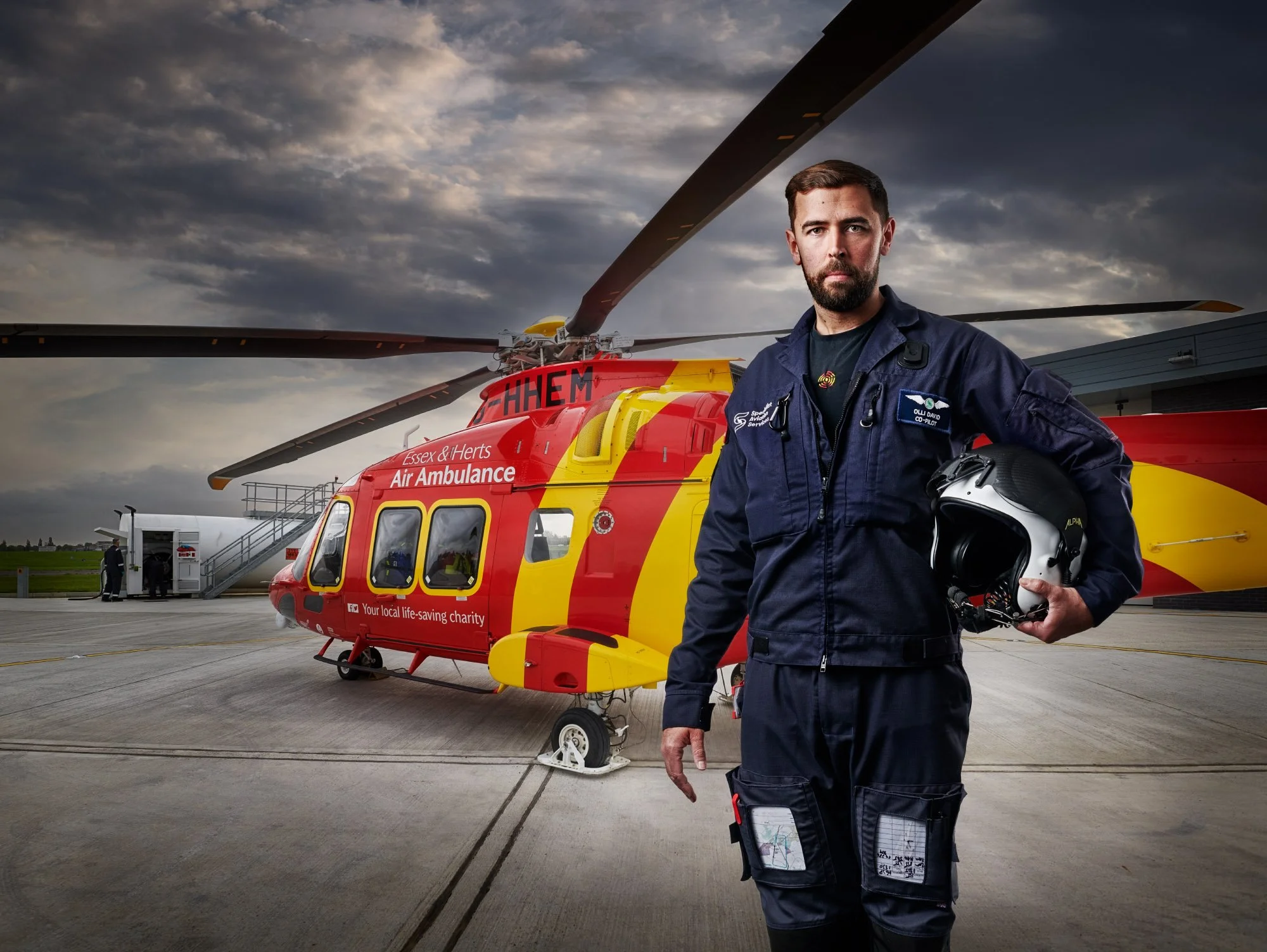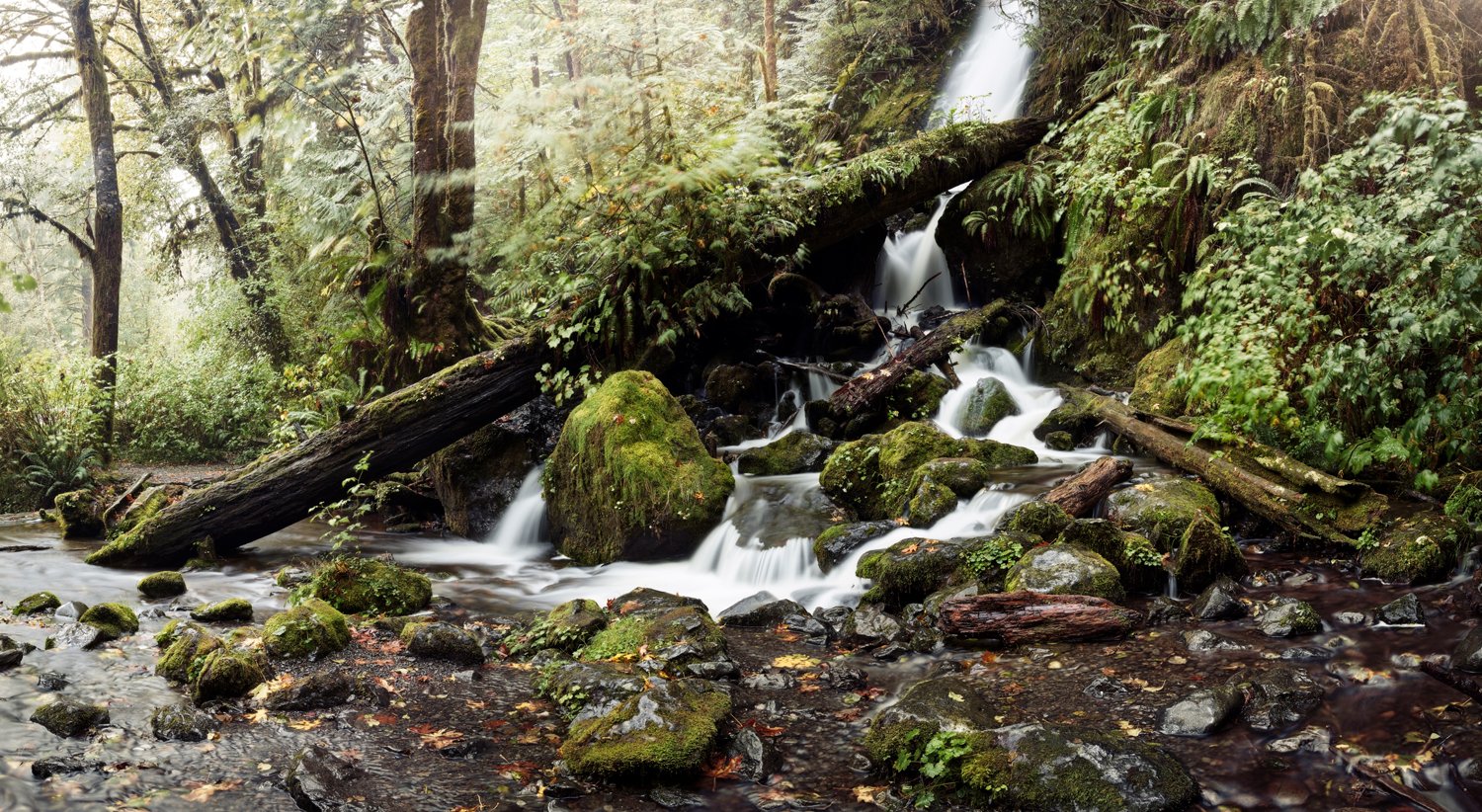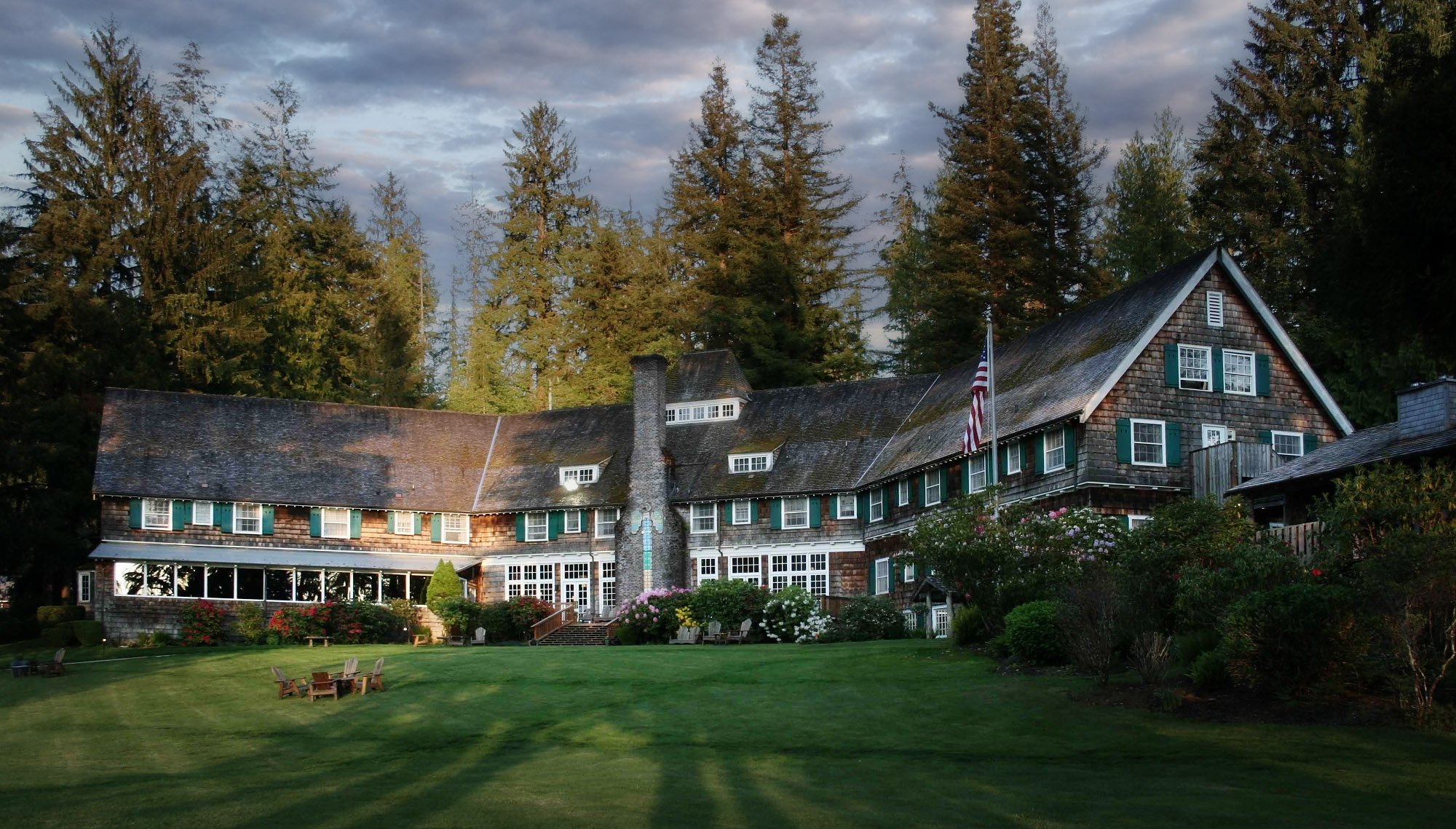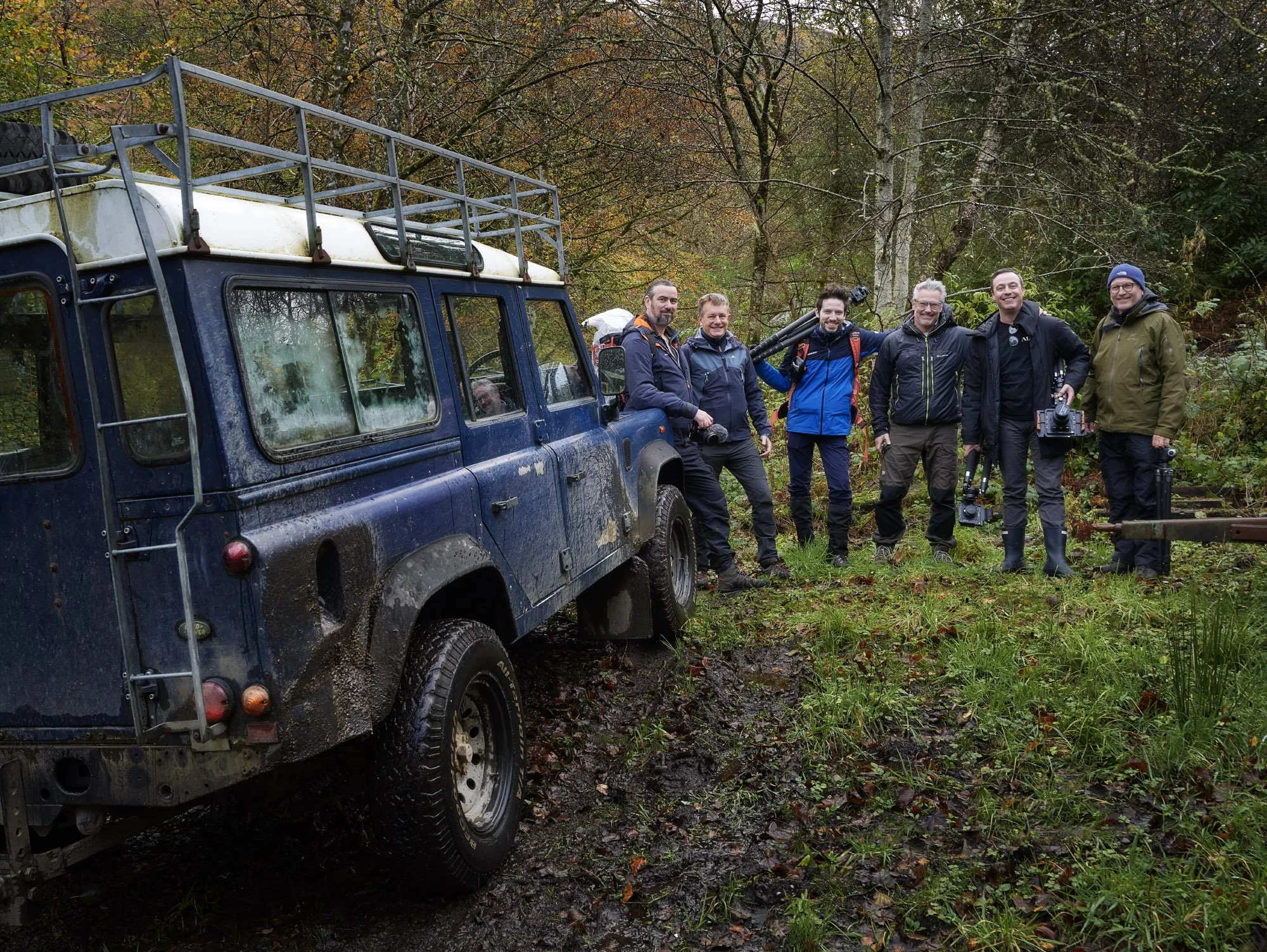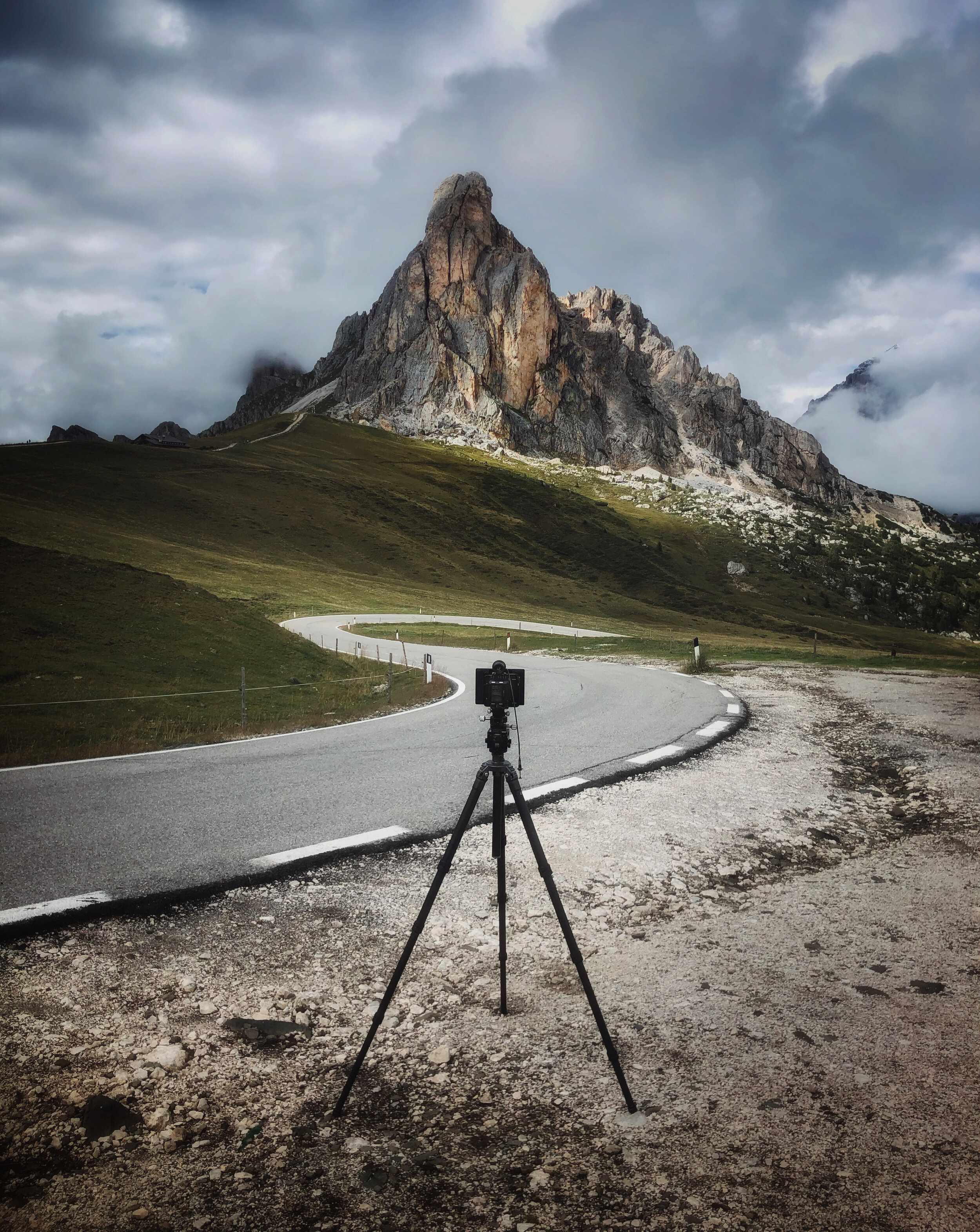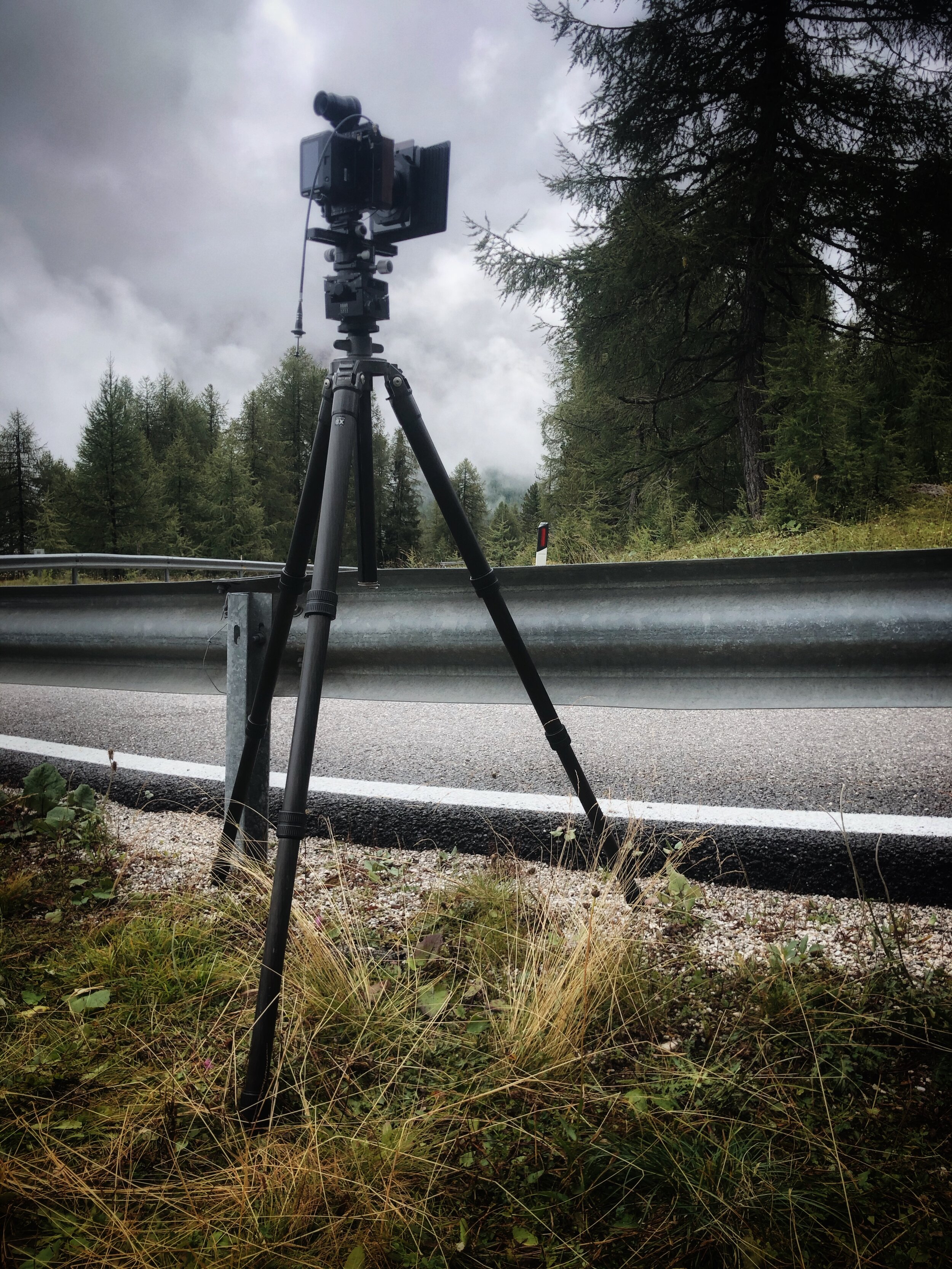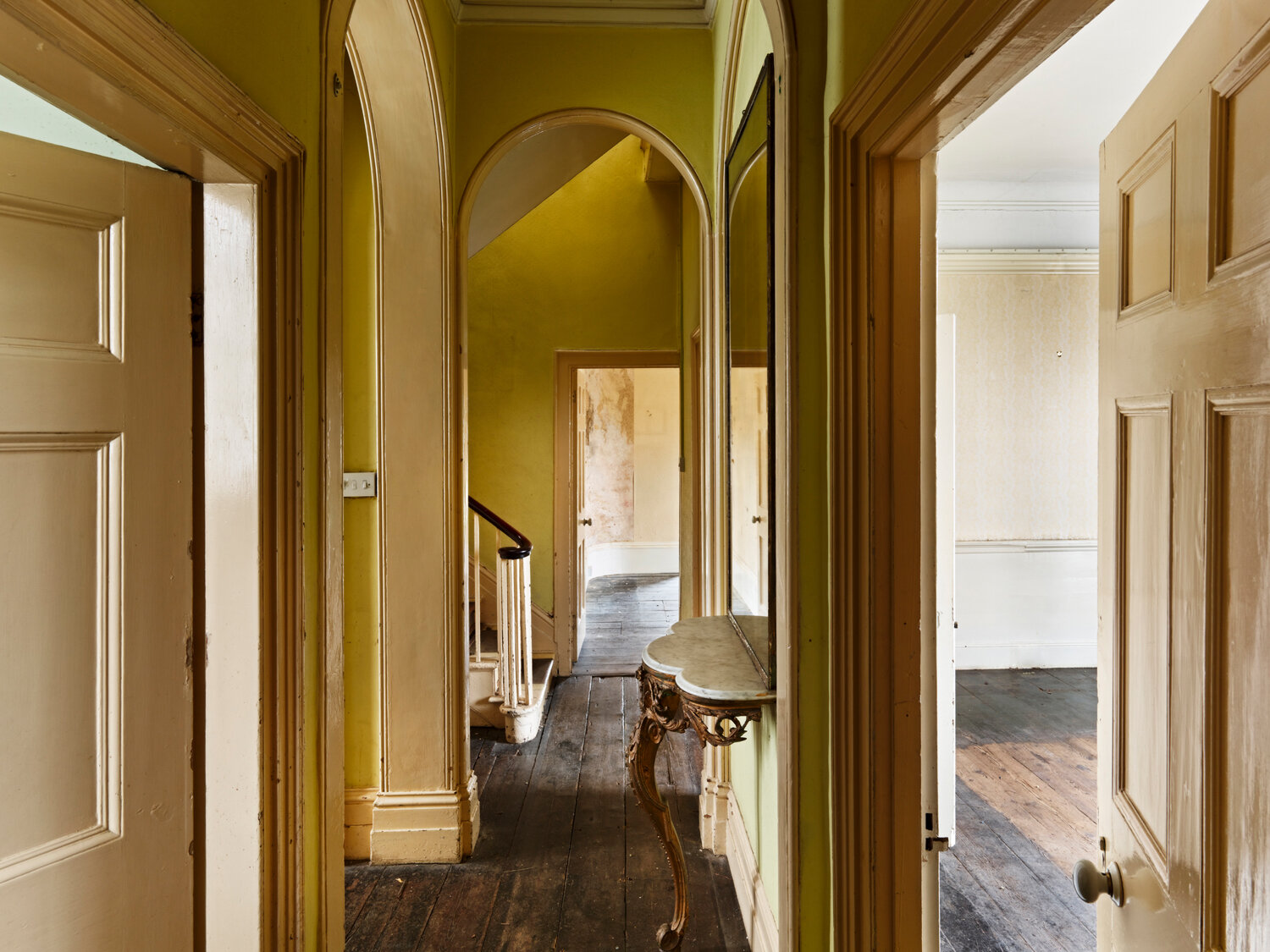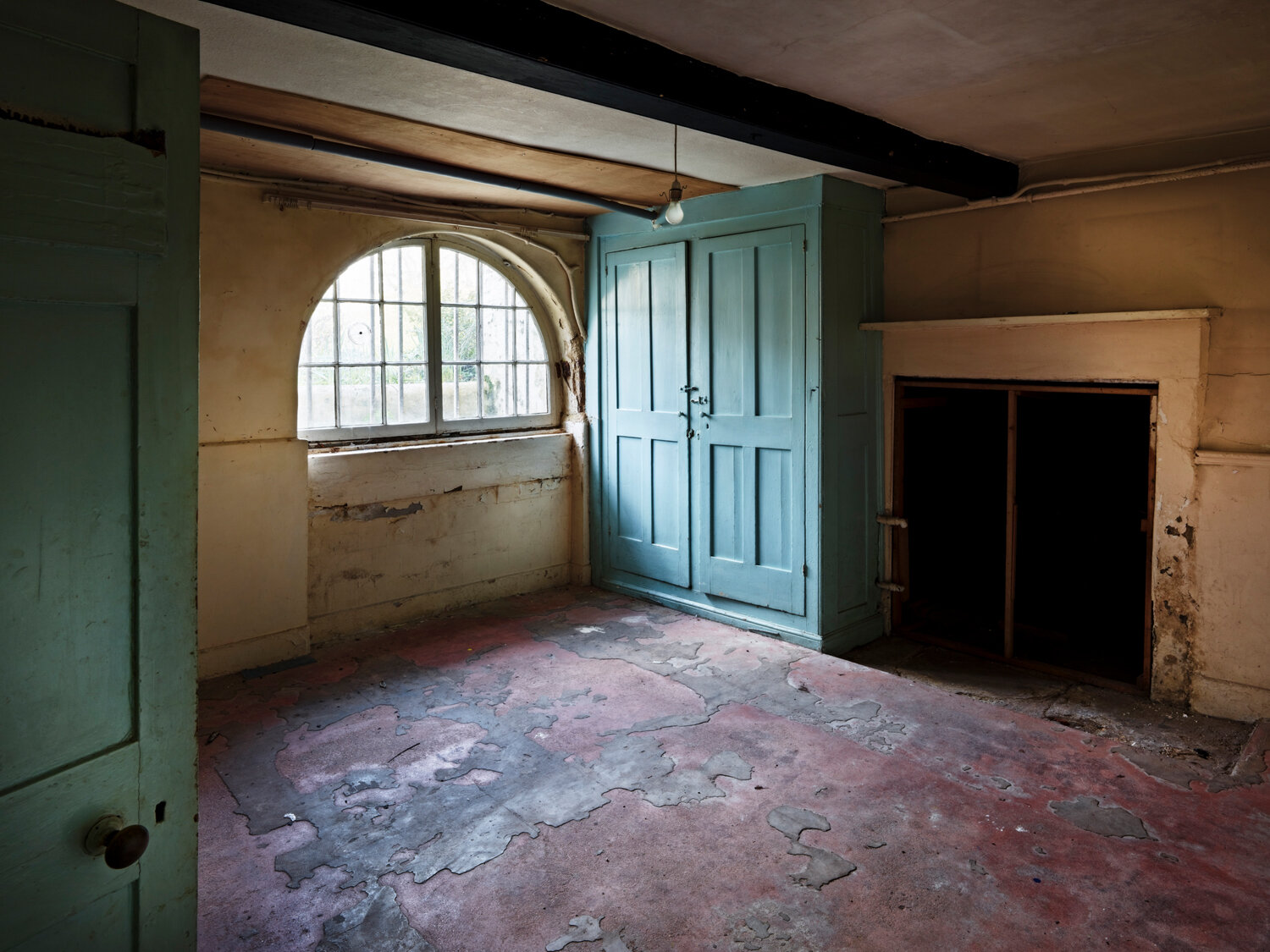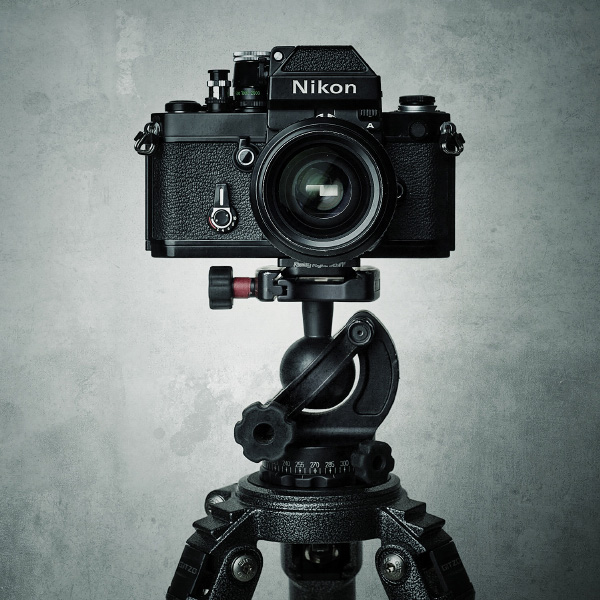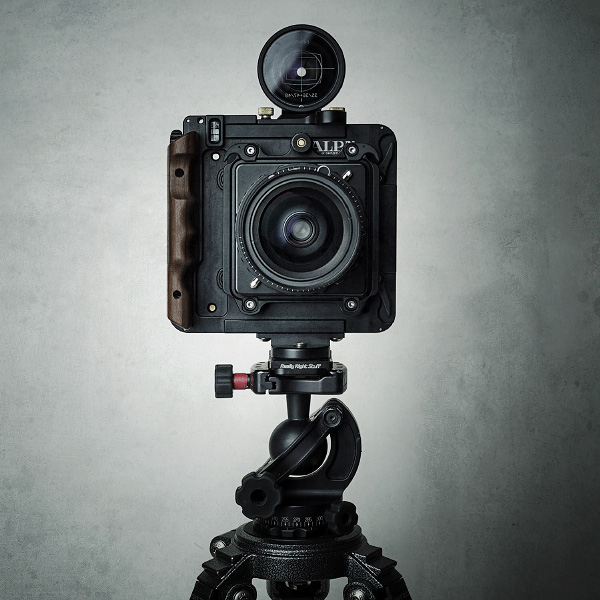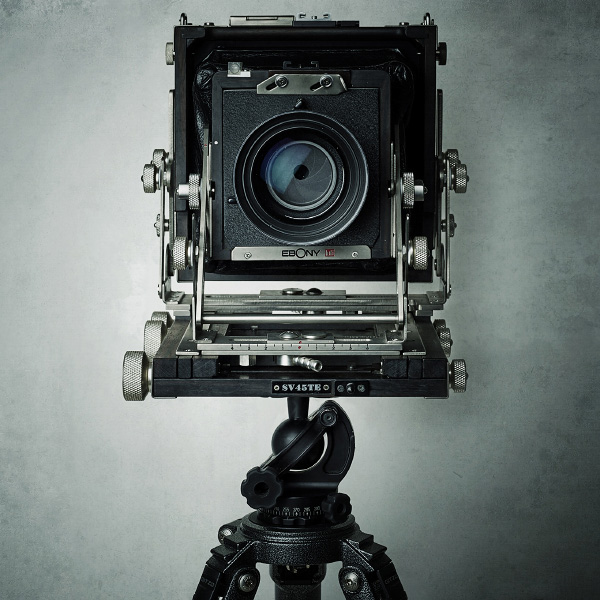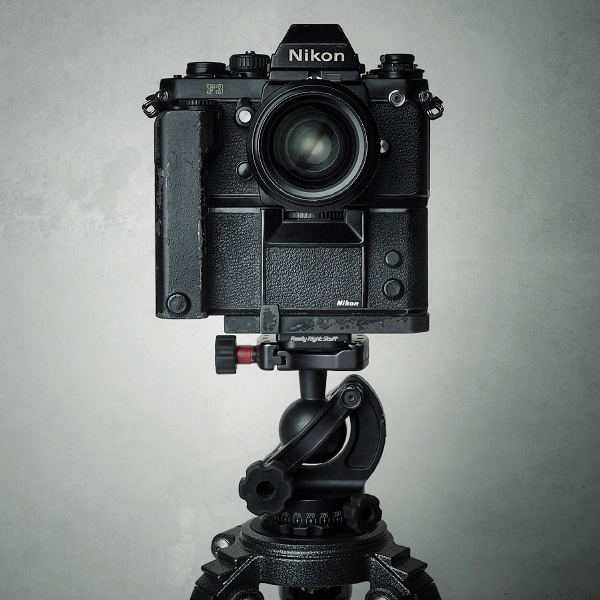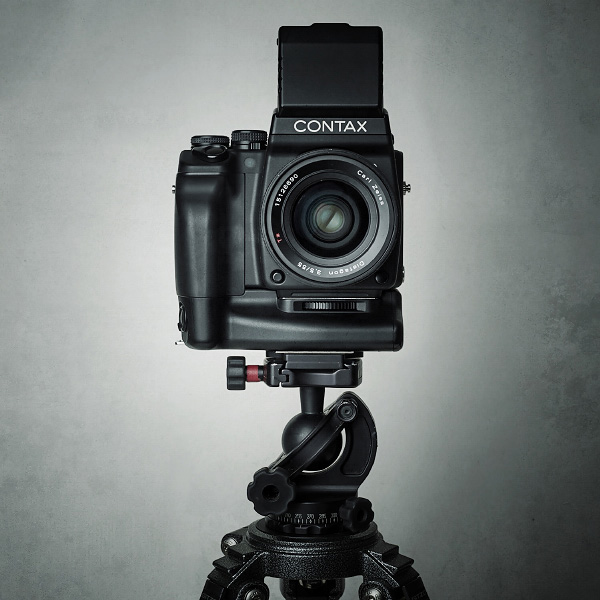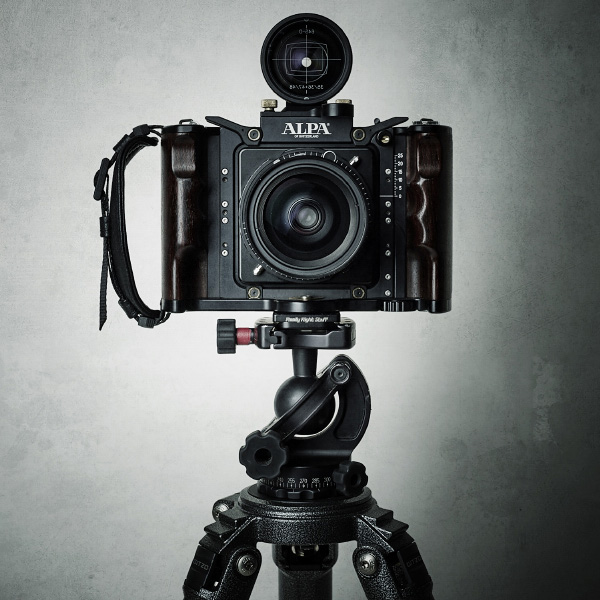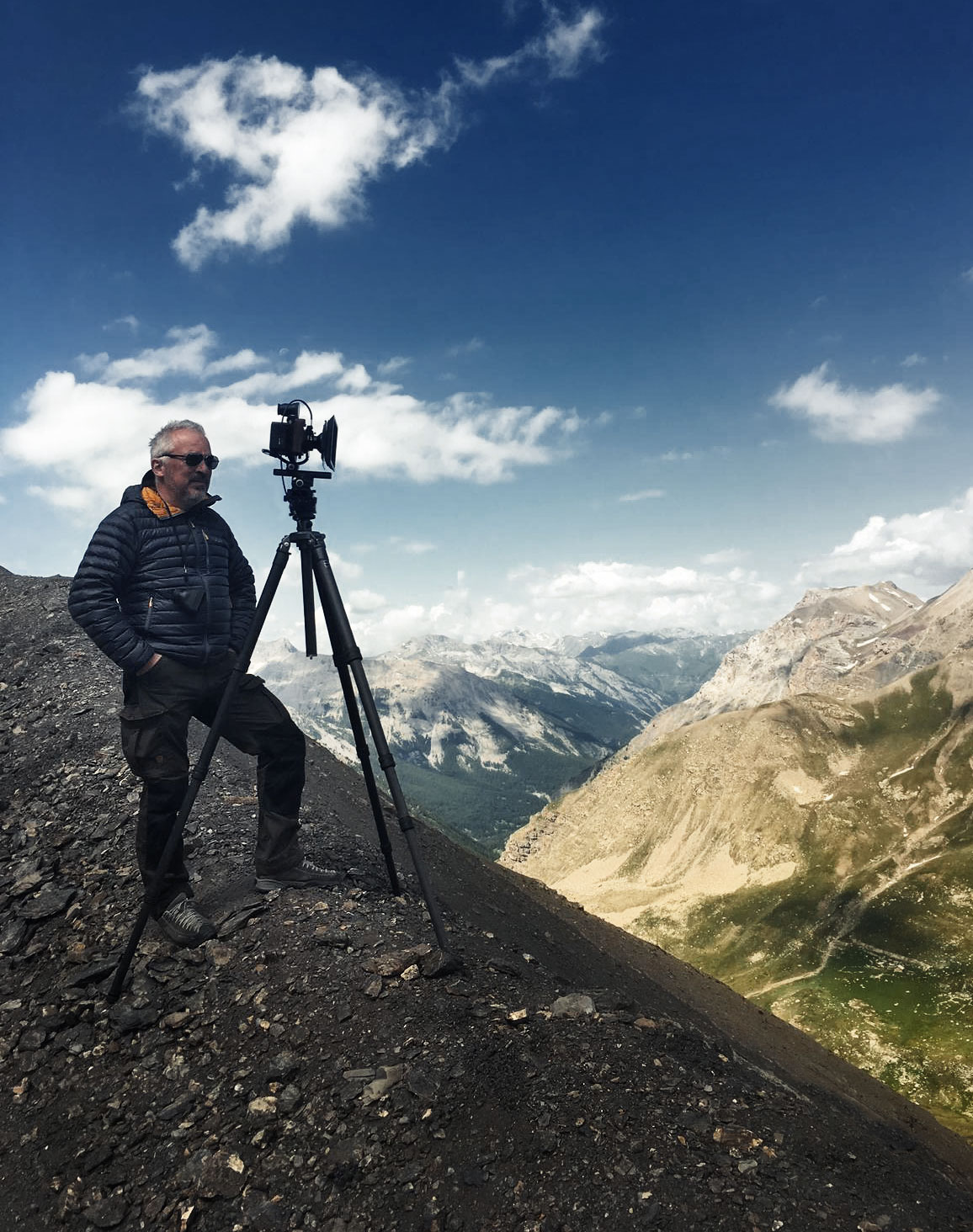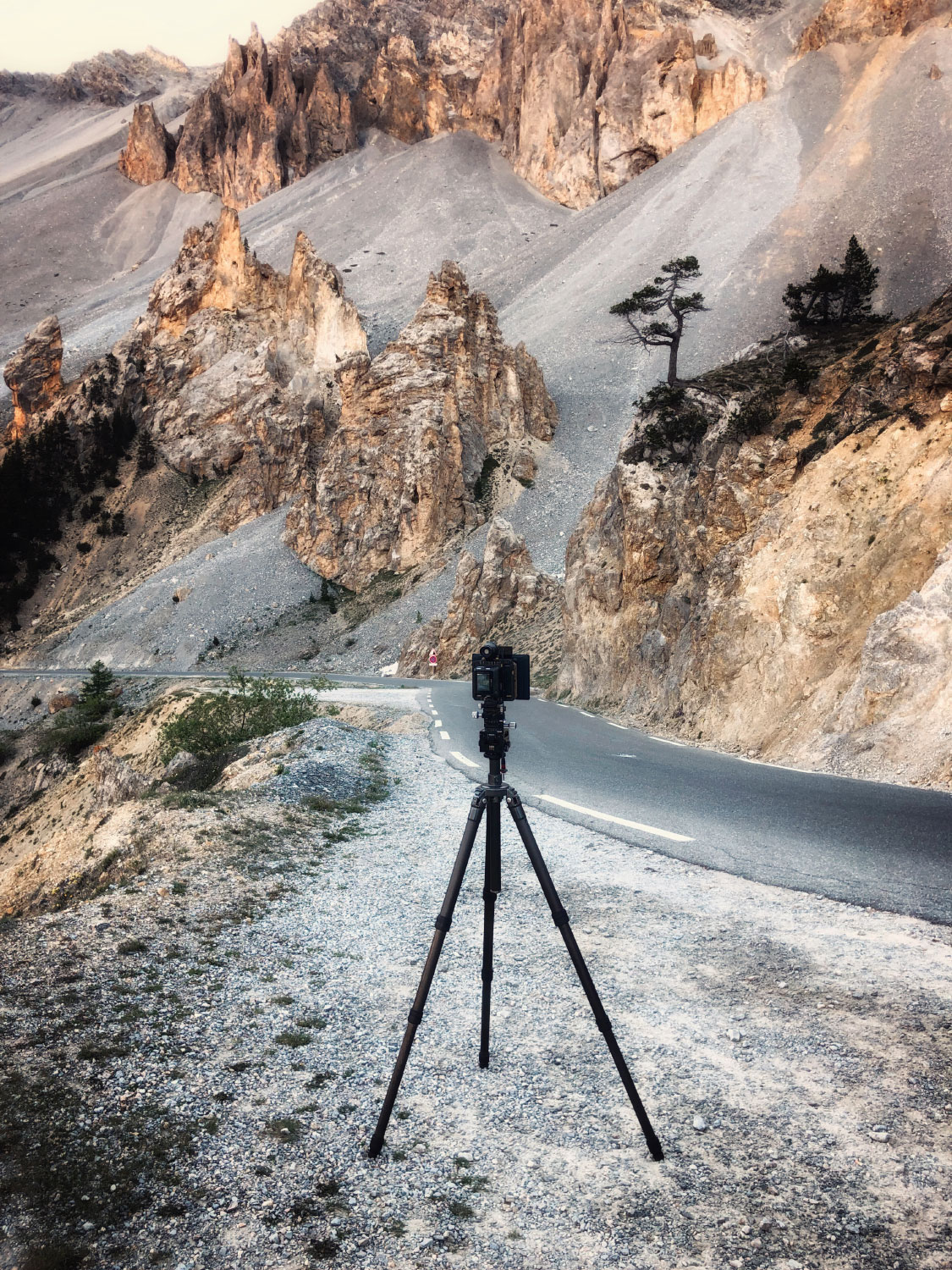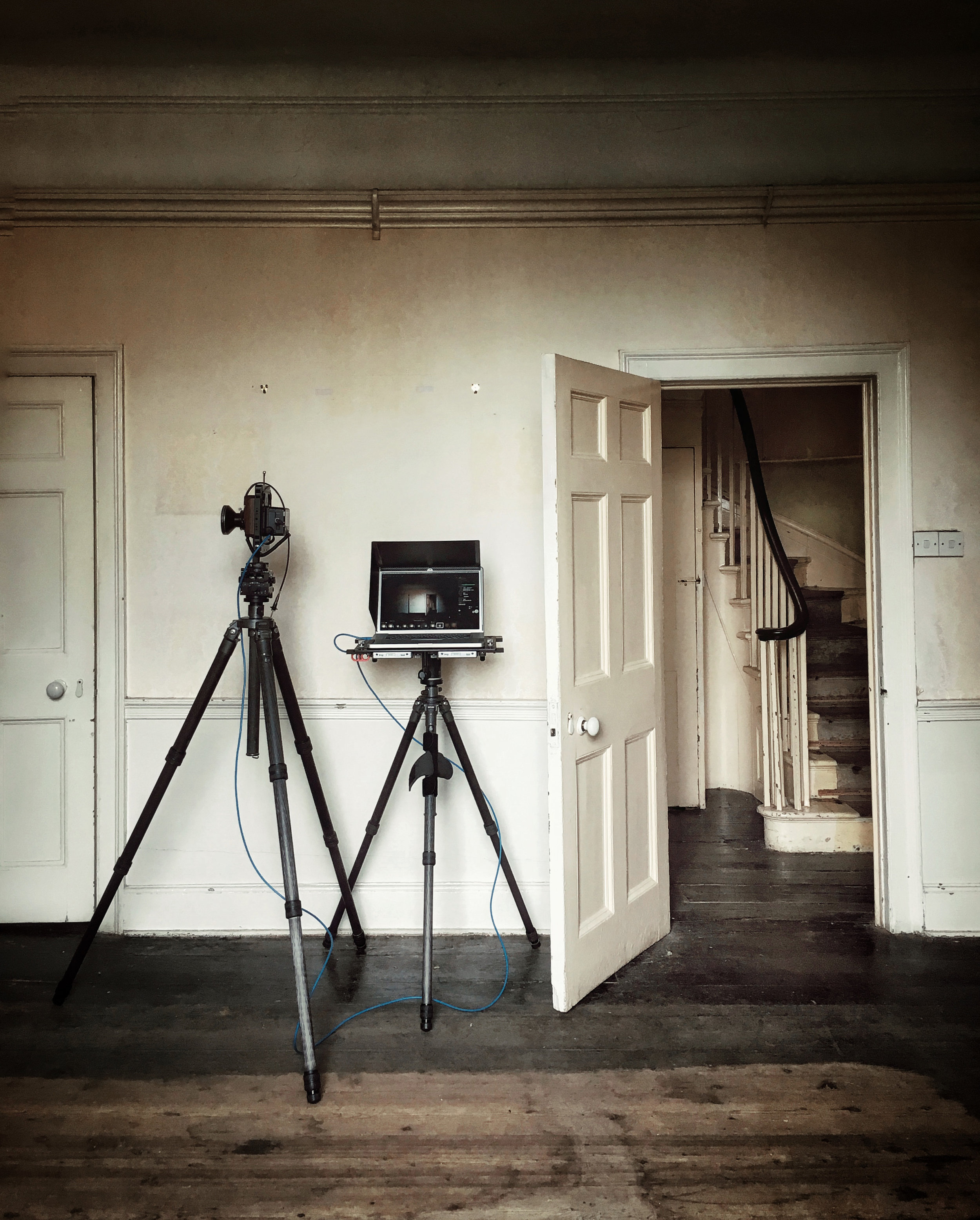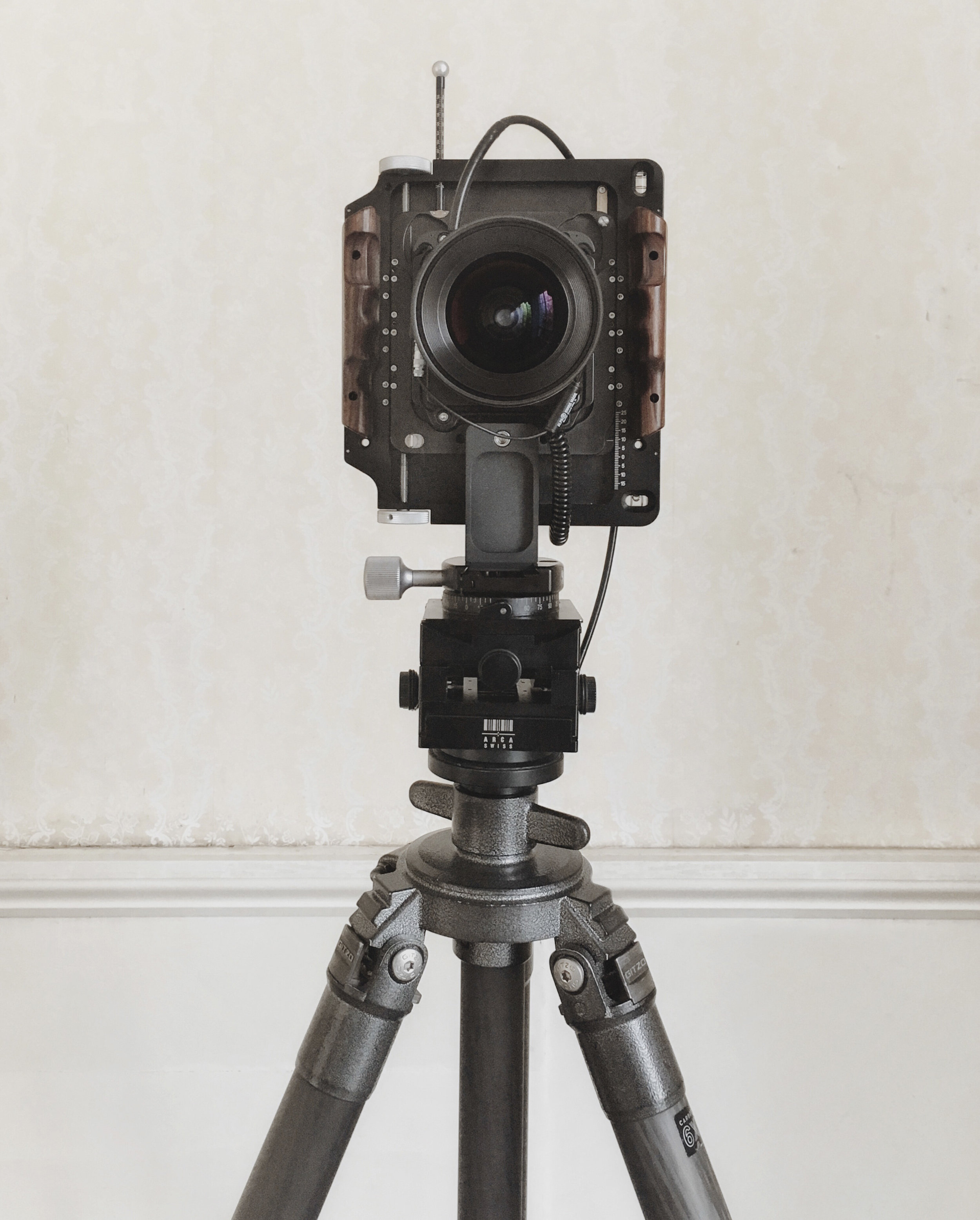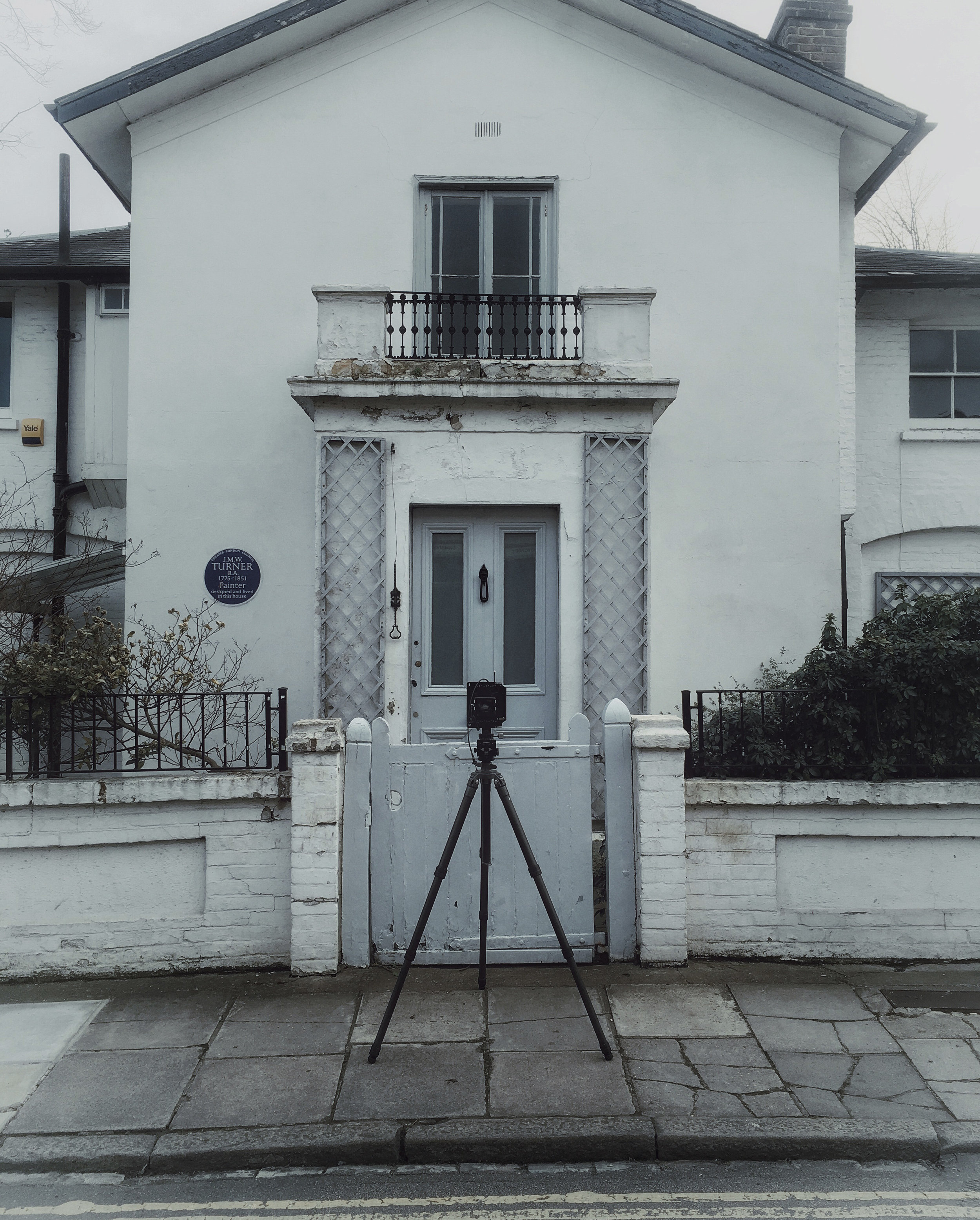I’m delighted to have just had work selected for the Communication Arts 2024 Photography Annual No. 65.
The winning photograph was made in Milford Sound in November of 2023, while on a trip to New Zealand’s South Island.
For many, many years I’ve wanted to visit New Zealand, and in particular the South Island, so when the opportunity presented itself last year, I didn’t hesitate.
There are a large number of iconic locations in the South Island and so in no time at all a ‘road trip’ was put together with the help of my good friend Chris Lewis, which I’ll talk about in more detail in a future blog post.
Of course Fiordland was a key segment of the trip, and in particular Milford Sound.
I’ll be honest, when I finally arrived there, after much anticipation, I was a little surprised at just how busy it was. It was not at all what I was hoping to experience. But… after 16:00, when the tourists head home, a wonderful calm descends over the place and you feel quite alone. The same thing occurs at dawn, as the tourists don’t descend until around 11:00. There is a magic and a peace to the place that leaves you feeling in awe of the cathedral like surroundings.
The photograph you see below was made at dawn, before the sun hit the top of Mitre Peak (to the left) and as we were treated to a display of low cloud and mist, which slowly moved through the fiord as the tide receded.
If you look closely you’ll see two female Mallard ducks standing in the shallows. One was feeding while the other cast it’s beady eye on me. As I was on a 4 second exposure I was really hoping I’d have a frame or two with at least one of the ducks appearing sharply, and fortunately I did. It really was a very special moment, in so many ways.
While the photograph works as a single frame, I wanted to create a stitched image of three frames, as I felt it encompassed all of the visual elements and would represent the sheer scale of the scene, perfectly.
This was easily (and quickly, using custom indents) achieved using my ALPA 12 STC with HR Alpagon 4.0/40mm lens and with three horizontal frames at 10mm left - 0mm - 10mm right.
With this camera the lens is stationary and it’s the MFDB that shifts. This creates a distortion free image of extremely high quality. I also enjoy the format it creates. It is wide, but it doesn’t ‘feel’ wide. It doesn’t feel forced, pulled or distorted. It feels to me, like I am simply standing there.
One last thing to note, and another thing that surprised me about Milford Sound, was the speed of the incoming and outgoing tide. Be warned!
Dawn at Milford Sound, Fiordland National Park, South Island, New Zealand.
“Milford Sound/Piopiotahi is a fiord in the south west of New Zealand’s South Island, within Fiordland National Park.
It has been judged the world’s top travel destination in an international survey in 2008 and is acclaimed as New Zealand’s most famous tourist destination.
Milford Sound is known as the wettest inhabited place in New Zealand and one of the wettest in the world.
Rudyard Kipling called it the eighth Wonder of the World...”
Detail - A rather special moment frozen in time, during the 4 second exposure.
Our dawn set up, from the following day. Otherwise known as ‘set up and wait’
The photograph below also made it through to the CA shortlist, but in the end it wasn’t a ‘winner’
It was part of an exciting commission for the good folk at the Essex & Herts Air Ambulance Trust (EHAAT)
You can find the full set here.
The front cover photograph of the EHAAT 21/22 ‘Everyday Heroes’ Annual Review.




